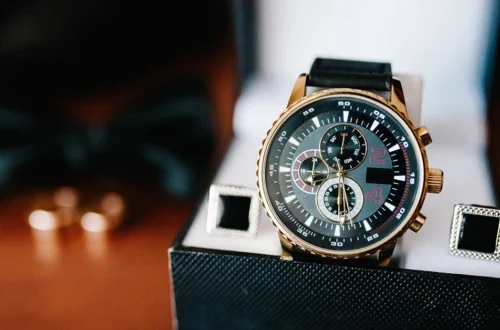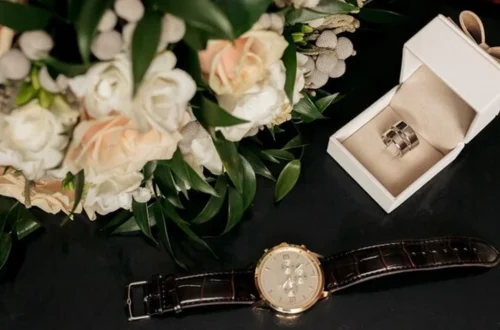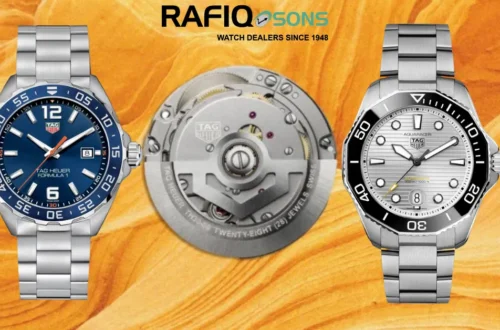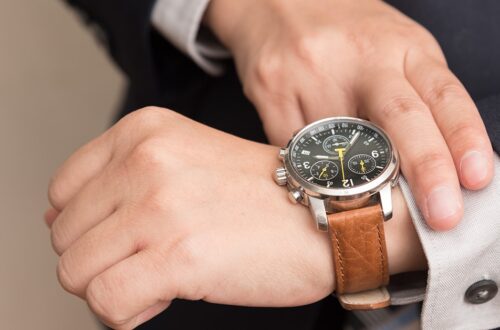The story of how watches have changed over time is really interesting. It started with ancient ways of telling time, like using the sun or water. Then came big clocks in towers during the Middle Ages. Pocket watches became popular by the 16th century. Wristwatches became a hit during World War I, especially for soldiers. Switzerland became famous for making great watches. In the 1970s, watches got even better with quartz technology. Digital watches and smartwatches, which do much more than merely tell the time, followed.This journey shows how watches have evolved with technology and fashion, blending old craftsmanship with new ideas.Let’s examine the historical development of watches.
The Beginning: Pocket Watches
Pocket watches date back to the sixteenth century, when the history of timepieces began. These were the original watches that could be carried around in pockets and fastened to a chain. Early pocket timepieces were bulky and inaccurate, and they were largely made in Europe. They were a status and money symbol, nevertheless.
The Transition: Wristwatches
Wristwatches gained popularity in the late 19th and early 20th centuries.Originally, women used them mostly as accessories for their clothing. Pocket watches were still the chosen choice for men. When troops needed a more useful means to monitor the time during World War I, this changed. Because they were more convenient to use in the trenches, wristwatches quickly gained popularity among males as well.
The Rise of Quartz Watches
The development of quartz watches in the 1960s marked a significant shift. These timepieces kept time by means of a tiny quartz crystal and a battery. Quartz watches were significantly more accurate than mechanical ones and were made at a lower cost.Due to this invention, watches underwent a revolution and became widely available.
The Digital Age
Digital timepieces first became available in the 1970s. Rather than utilizing hands to tell the time, these watches used digits. They frequently had added functions like alarms and calculators. Digital timepieces gained popularity and were viewed as futuristic.
The Modern Era: Smartwatches
The smartwatch is the most recent advancement in watch history. Smartwatches, which were first released in the early 21st century, are much more than just timepieces.They have the ability to send messages, keep tabs on your heart rate, track your fitness, and even make phone calls.. Well known companies like Apple, Samsung, and Fitbit are always coming up with new ideas to make smartwatches more intelligent and functional.
Conclusion
The elegant pocket watches of the past to the multifunctional smartwatches of today, watches have continuously evolved. With the advancement of technology and fashion, timepieces became more than just a means of telling time as each new era brought with it new improvements.Whether you prefer the classic charm of a mechanical watch or the high-tech features of a smartwatch, it’s clear that watches have an important place in our lives. They point to the future of technology, keep us on schedule in the present, and serve as a reminder of the past.















